Popular games published by company Jaleco
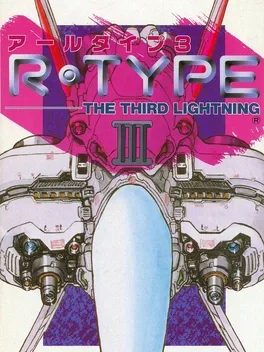
The evil Bydo Empire returns in this entry of the R-Type series. So climb into the latest R-Type vessel, the R-90, and blast through six side-scrolling levels on your way to destroy the Bydo mothership. Gameplay is still the classic R-Type way with huge levels and bosses. With your detachable laser unit, you can fire in front or behind your ship. R-Type III now features three different kinds of laser unit, selectable at the start of a game. Each offers different laser types depending on the power-ups collected.
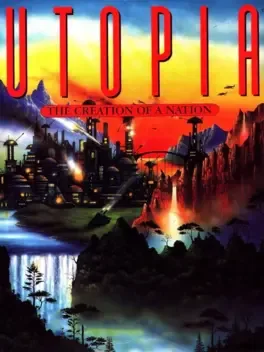
Utopia takes the Sim City gameplay concept and adds a military element to it. The game is set in the distant future, where your job is nothing less than Colony Administrator for a new settlement on some far-flung planet. Your aim is to provide the highest Quality of Life rating for the colonists. You do so by ensuring that there is enough life support, power, housing, employment, police and entertainment to keep the citizens of your colony happy. Hindering your goal are random events such as solar eclipses (which can render your solar panels inactive) and also a different, hostile alien race that inhabits the planets in the many scenarios at offer. Not only do you have to be a good mayor but you also have to be a good general. Resources must not only be attributed to civilian research but into weapons research, intelligence and the building of tanks and spaceships, if you wish to survive long enough to see your colony flourish into a metropolis. As a rule, you will have built a strong colony before the aliens come, but the final push towards a QOL of 80% or higher can only be achieved once there is no outside threat.
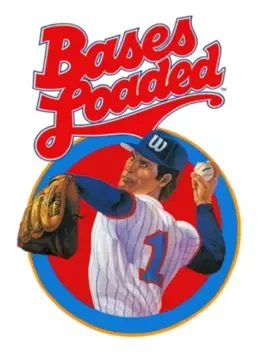
Bases Loaded is a baseball game that was released for Arcade and the Nintendo Entertainment System in 1987. It was developed by Jaleco and TOSE, and was the first installment in the Bases Loaded series, which was followed by seven sequels for three generations of consoles. The game tried to focus on the confrontation between the pitcher and the batter, putting emphasis on the face-off between the two. Unfortunately, this made the perspective fairly limited in determining where to hit the ball, or even where the ball was during a pitch.
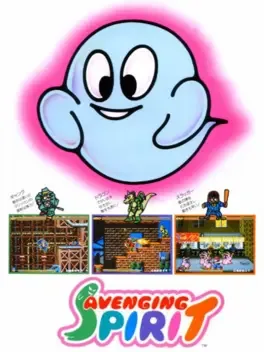
Avenging Spirit, known in Japan as Phantasm, is a 1991 2-player platform arcade game developed by C.P. Brain and published by Jaleco. Players attack (or possess) enemies, collect power-ups, and defeat bosses to advance. Players can possess one of four characters with unique abilities at the start of the game, but the library of enemies expands and changes with each level.
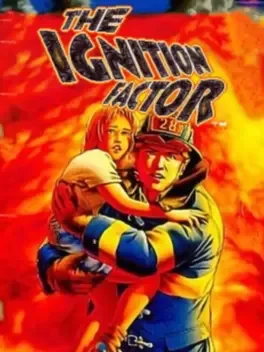
The Ignition Factor is a 2D adventure where the player controls a firefighter through emergency situations in differing locations. Each level consists of multiple rooms, areas, or building floors where players can possibly explore, extinguish fires, and rescue people. Most levels dictate a specific number of people that must be saved within a set time limit for the mission to be considered a success. Fire spreads throughout an area automatically, and the player can be injured when touching a patch of fire on screen. The player can also be harmed by falling through holes in the floor.
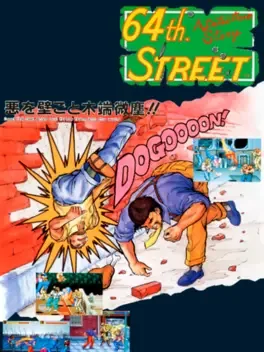
Players One and Two start with the two selectable protagonists, Rick and Allen. Each private detective uses different fighting styles, attempt to solve cases by beating up each criminal they encounter. Lots of special items can be found by throwing enemies into the background and breaking things, typical of this popular genre in the 1990s arcades. Along the way they are harangued by all manner of thugs and toughs, whose costumes range from 1980s hip-hop wear to stereotypical pirates. The bosses are tough by way of strange special attacks.
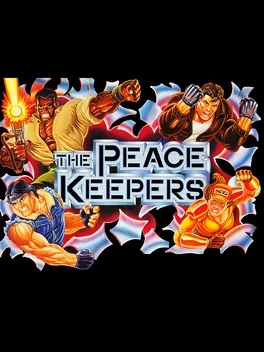
It's the year 2015 and the most powerful organization of the planet, a company named Deutschland Moldavia, is threatening to take over the world by genetically manipulatin humans into mindless slaves or powerful monsters. The Peace Keepers is a side-scrolling fighting game similar to games in the Final Fight series. The player can choose from four characters (plus two that become available later in the game) with different strengths and weaknesses. In addition to combinations of standard attacks, jump-, run- and throwing attacks, all characters can also block attacks, perform single heavy attacks, special attacks that consume a certain amount of energy and super attacks. Super attacks damage all enemies on-screen, but can only be used twice per continue. If a character is hit repeatedly, there is a chance that they temporarily switch into "angry-mode" during which they are invincible and more powerful. Most levels offer different paths and exits, and after every level, a different character may be selected. This means that levels may be played through in different orders and that it is not at all necessary to play through all the levels to reach one of several endings.
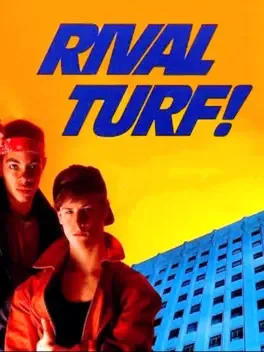
Rival Turf is a cyber-punk comic-book style beat 'em up inspired by the likes of Streets of Rage and Final Fight.
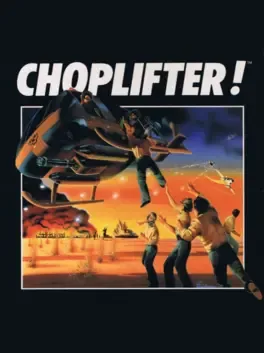
Choplifter is military themed scrolling shooter where you play as a pilot. Take off from your home base and fly across a horizontally-scrolling playfield of rugged terrain to reach the enemy Bungelings' barracks. There, you must land and rescue a group of helpless hostages and return then to your base. To hinder your mission, the enemy will attack with an array of armaments including tanks, jets, and dangerous air mines. To complete a perfect game, you must rescue all of the 64 hostages.
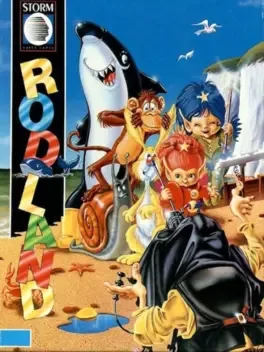
The player(s) control one or two fairies called Tam and Rit armed with a magic wand (rod). Following the concept of Taito's Bubble Bobble, the rod doesn't kill the monsters directly, but only leaves them immobilized, crying. To kill them, the rod can grasp them in a magic force-field and the player can smash them down over her head until they disappear and leave a power-up behind. Each level is only one small screen composed of monsters, platforms, ladders and, later, tunnels. Unlike other games of the genre, the players can never jump, but have to use ladders. They can conjure one custom ladder above or below them in order to go to the appropriate platform. There can be only one such 'custom' ladder; therefore if the fairy summons it again, it will disappear from its previous position in order to appear again next to the fairy. This can be beneficial for the player, if a monster is climbing that ladder to approach her. The fairies' quest is to rescue their mother, trapped in a tower. In the sequel (part of the original arcade machine) they must venture into a pyramid, to stop an evil demon that is building a mobile fortress. The spirit of their departed father "guides" them at a couple of points. The ending implies that the demon in the pyramid was somehow responsible for their father's death.
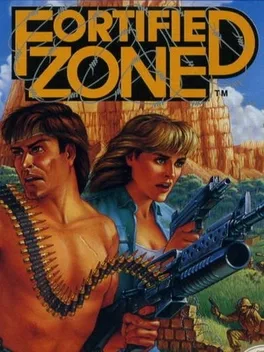
He has the offense. She has the defense.
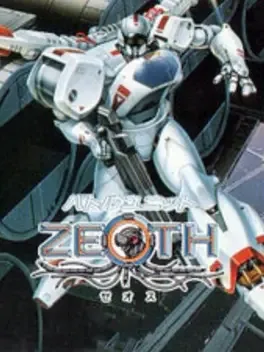
Battle Unit Zeoth takes place in the future where mankind is invaded by a race of alien robots known as the Grein. The Earth’s forces were triumphant in battle and the Grein forces fled the Solar System. However, as they retreated, the Grein left behind a secret underground base filled with self-replicating Grein machines. Forty-two years after the Earth’s victory, the Grein base opened and a new attack force decimated the city of New Age. To retaliate, Earth’s military has stored a mecha that specializes in alien combat known as the Zeoth. It is the Zeoth’s assignment to stop the attack force, go into the Grein secret base and destroy the mechanical occupants before a new invasion force arrives.
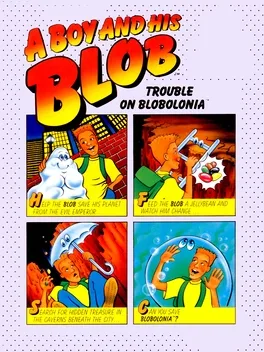
A Boy and His Blob: Trouble on Blobolonia is a 1989 video game developed by Imagineering for the Nintendo Entertainment System (NES). The game was published by Absolute Entertainment in North America and Europe and by Jaleco in Japan. A Boy and His Blob follows an unnamed, male protagonist and his shapeshifting blob friend on their adventure to save the planet of Blobolonia from the clutches of an evil emperor.

Druid is an adventure game with different puzzles and riddles where you play as a druid who searches for a wise master and helps to magic forest dwellers. Overcome all obstacles to find your teacher!
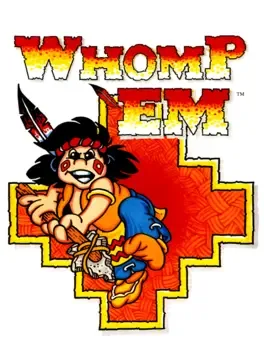
Unknown perils lurk behind every corner! Seven powerful magical objects to use. Fight your way through eight complete worlds. Choose your own adventure. Grapple evil beasts at the end of each world.
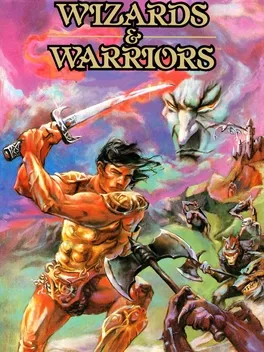
You are Kuros, a powerful knight who enter the woods of Elrond. Legend says that a powerful wizard named Malkil has has gone completely mad during his years and turned his powerful magic to the dark side. Malkil has his base on the castle IronSpire where he has imprisoned a young and beautiful princess. It is up to Kuros to save the princess once and for all.
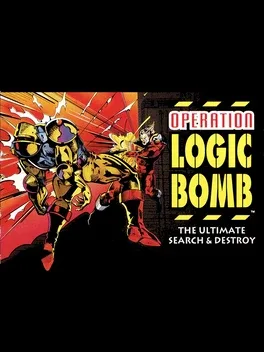
The best scientists in the world have been working for years on the Subspace Particle Transfer Project, a process that uses subspace transporters to dematerialize an object, then instantly rematerializes it at another location. Short distance transfers of individuals have also been successful, and the scientists were about to begin long-range transport experiments. However, contact with the research laboratory has been lost. Someone - or something - has taken over the facility and shut down all outside communications. There is no information about the intruders or their capabilities... no one has entered the facility and returned to tell about it. Plans for a final assault have been prepared and if it fails, there will be no choice but to destroy the entire installation. Agent Logan, who has been fitted with bioelectronic implants that give him superior strength, reflexes, and anlystical abilities, has been briefed on all aspects of the mission. Now it's up to him to infiltrate the lab, neutralize the intruders, and rescure the scientists.
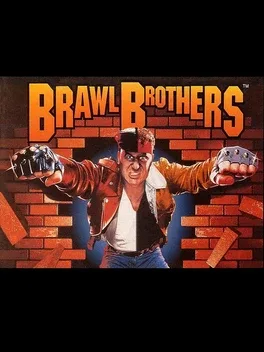
Released in 1992 for the Super Nintendo Entertainment System, Brawl Brothers is a side-scrolling beat 'em up game by Jaleco, serving as the sequel to Rival Turf! and preceding The Peace Keepers in 1993. Set in Bayside City, where people are vanishing amidst rumors of sinister human cloning experiments, the game follows Rick and Doug, who are driven by personal stakes when three friends from their martial arts gym are abducted.
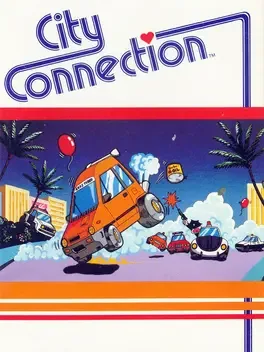
City Connection is a 1-2 player comedic racing adventure platform game in which you control a car that can never be stopped. The object of the game is to drive through a series of cities and paint every part of the roads in each city as proof of your visit to that city. City Connection was remarkable for its time in that each location had its own background and music which was a variation on the main theme of the game. There are twelve locations: Manhattan, the Grand Canyon, Easter Island, Paris, Neuschwanstein Castle, London, Sydney, Egyptian temples, and cities in India, Holland, China and Japan.
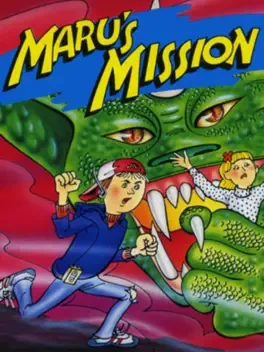
The Master Traveler takes on the Monsters of the World. Play as the ninja Maru in this action-packed side-scrolling game that will take you on a journey across the world. While Maru is out for a walk with his girlfriend Cori, an evil samurai named Muramasa suddenly appears and kidnaps her. In Maru's efforts to track her down and rescue her, he must face a number of mythological monsters while gaining new and powerful weapons in order to defeat them. Using the hints that are left behind by his enemies, Maru will follow a trail that will lead him across six different locations - including the bug-infested forests of America and the scorching deserts of Egypt. Help our hero on his mission as he fights to rescue Cori.
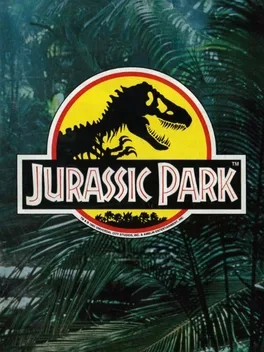
Jurassic Park is an action-adventure video game for the Super NES based on the movie adaptation of the book by Michael Crichton. It was developed by Ocean Software and released in 1993 in North America and PAL regions, and published and released by Jaleco in 1994 for Japan. Most of the game is viewed from a top-down view. When the player enters a building, the gameplay perspective shifts to a first-person view. The game is significant for combining two different perspectives and for being an early game mastered in surround sound (Dolby Pro Logic).

Exerion is a vertical shoot 'em up released by Jaleco in 1983 and licensed to Taito for distribution in the United States. Screenshot from arcade version Exerion is a shoot 'em up game featuring parallax effects and inertia simulation, something notable for 1983. The player travels around strange scenarios shooting aliens. The player has two types of guns: fast single shot (limited) or slow double shot (unlimited). In 1984, along with the MSX1 port of the original, a sequel was released titled Exerion II: Zorni for the MSX1, with similar gameplay to the original. There were plans for an NES release of this game. In 1987, the game was followed by the semi-sequel titled Exerizer, also known as Sky Fox.
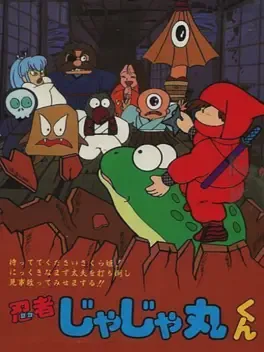
The game stars the brother of Ninja-kun (from Ninja-Kid). Princess Sakura has been kidnapped by Damazu-Dayuu, and because Ninja-Kun is away on a journey, the task falls to young JaJaMaru-kun. In the game, the player starts with three lives and can only run, jump and throw shurikens. The game is divided into stages, each with four floors and eight enemies. Sakura-Hime and Damazu are placed, unreachable, at the top of the screen. Enemies use various projectiles, one of which will cause the player to lose a life. If JaJaMaru-kun lands on top of an enemy, it will simply be temporarily stunned and vice versa. Once an enemy is defeated and offscreen, a spirit will appear and ascend to the top of the screen. It can be collected before it has disappeared to receive points, which vary depending on the enemy. Sakura will sometimes drop petals that the player can collect, and Damazu will sometimes run around, dropping bombs. To advance to the next stage, the player must defeat all eight enemies by using shurikens. Some bricks yield items. They include: A cart that temporarily makes JaJaMaru-kun invincible and faster. Projectiles and enemies will also be destroyed if touched. A bottled substance that makes JaJaMaru temporarily invincible and able to walk through enemies. A red ball that increases speed. Bombs (which must be avoided). Coins that yield various amounts of points. An extra life. If all three types of power-ups are collected, Gamapa-kun, a giant frog, will be summoned, which is completely invincible and able to eat all enemies. If three of Sakura's petals are collected, the player will go to a bonus stage in which JaJaMaru-kun is on the bottom and Damazu at the top. Damazu drops bombs, and the player throws shurikens upward. If the player manages to hit Damazu, bonus points are awarded. If the JaJaMaru-kun is hit by a bomb, he goes on to the next stage. Initially the game was released exclusively in Japan, but it came to the rest of the world for the first time in 2007 as part of the Wii virtual console, as well as for Nintendo Switch Online in 2021.
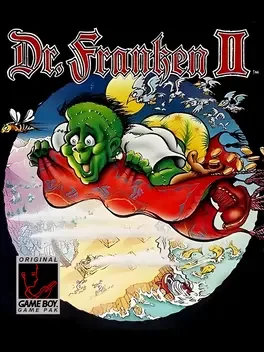
Dr. Franken II is a side-scrolling platformer what places you in control of a Frankenstein-like character named Franky. The goal is collect different objects within different levels to put something back together. In order for Franky to recharge his health, you need to find the parts to fix the electricity machine that does it. You will also be taken to exotic locales such as Egypt and the bottom of the ocean to find pieces of Bitsy's golden tablet. Like its predecessor, there are many trap doors, monsters, and other obstacles that need to be overcome. Keys are needed to unlock new areas of the game, which can be found in the far reaches of the level.